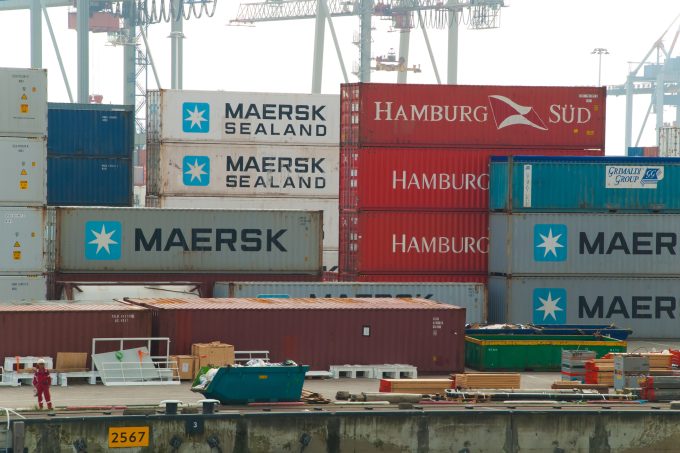Security fears drive tighter cargo manifest rules for box cargo in UAE ports
Authorities in the UAE are close to rolling out a revamped, tighter cargo manifest system ...

Maersk is leading the way in laying-up surplus tonnage while demand remains weak across the main east-west tradelanes, but the carrier could leave itself exposed to aggressive market share grabs by rivals.
According to an Alphaliner survey, Maersk tops the ocean carrier idle tonnage rankings, with ...

Comment on this article
Rajeev Kathuria
March 22, 2023 at 2:06 pmIt would be idle that instead of weekly sailing ,they make 10 days sailing & do Slow Steaming to counter this sluggish demand